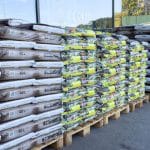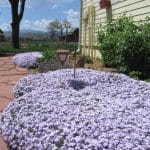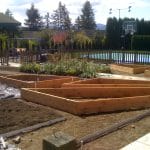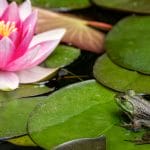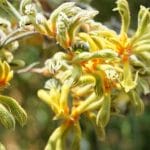Best Low-Maintenance Groundcovers for Full Sun
Flowers In The Garden
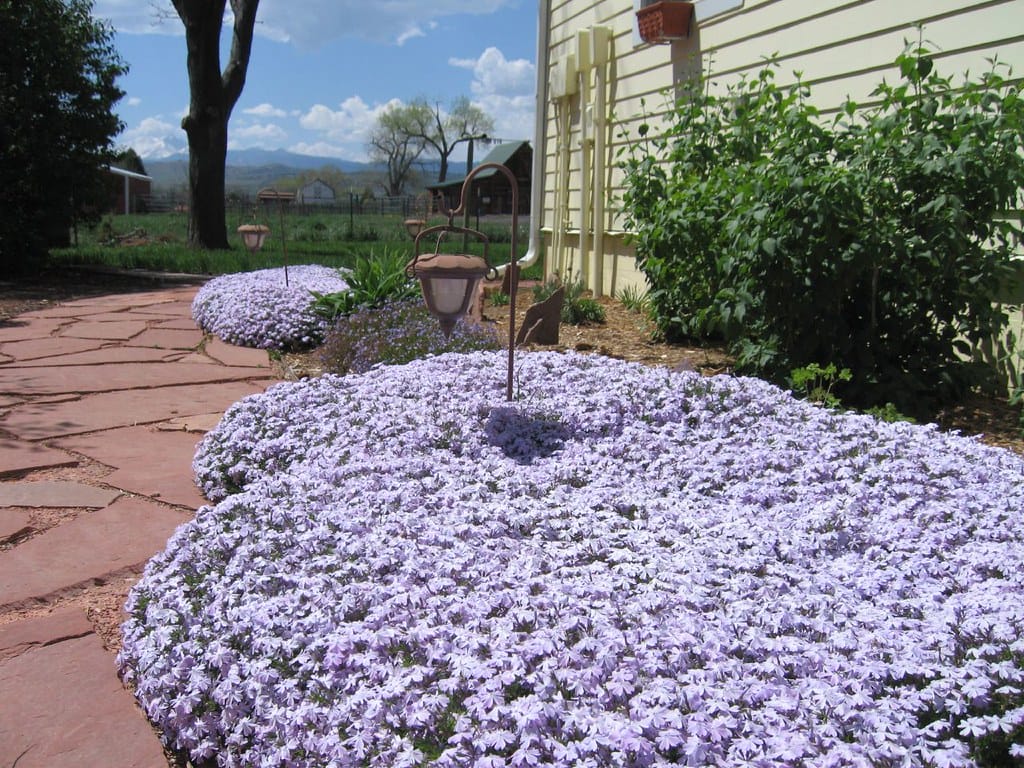
Over the years, I’ve tried all kinds of plants to fill in gaps between beds, cover dry patches where grass won’t grow, or soften up the edges of stone paths. And I’ve had my share of flops—plants that bolted, burned, spread too fast, or just didn’t show up the next spring. But I’ve also found a few reliable favorites that can take full sun, dry soil, and minimal fuss. The kind of plants that earn their keep.
If you’re looking for groundcovers that don’t need coddling, can stand up to heat, and still look great through the growing season, I’ve got three words for you: sedum, creeping phlox, and ice plant.
Why Groundcovers Matter (Even if You Think You Don’t Need Them)
Most folks think about the “big stuff” first—trees, shrubs, raised beds, veggies. But groundcovers are the glue that holds everything together. They suppress weeds, protect the soil, fill awkward sunny spaces where nothing else wants to live, and make your garden look finished—even if it’s still a work in progress (which mine always is).
Plus, a good groundcover doesn’t ask for much in return. A little compost, a bit of mulch to get started, and maybe a drink during the worst heatwave. That’s it. The right ones will thrive with almost no maintenance—and even play nice with nearby plants.
Let me walk you through the three that have done exactly that in my yard.
1. Sedum (Stonecrop)
This one’s a workhorse with style.
If you want something that looks good in dry, sunny spots and barely notices when you forget to water, sedum is your new best friend.
There are a ton of varieties—from low, spreading mats like Sedum ‘Dragon’s Blood’ and Sedum spurium to slightly taller, clumping types like ‘Autumn Joy’. I’ve planted a mix near my front walkway and on a hellstrip between the sidewalk and street, and they’ve held up to dogs, foot traffic, and 100+ degree days.
Why I keep growing it:
- It’s succulent, so it stores water like a champ.
- It spreads slowly but steadily—no thuggish behavior.
- The little star-shaped flowers attract bees like crazy in late summer.
- You can take a handful of cuttings, toss them on the soil, and most of them will root. Seriously. It’s that easy.
Best spot: Rocky, poor soil? Go for it. It actually prefers rough conditions over rich, damp soil.
My tip: Don’t overwater, especially in spring. That’s the fastest way to turn this tough little plant into mush.
2. Creeping Phlox (Phlox subulata)
A burst of color that doesn’t give up.
If you’ve ever driven past a front slope in April that looks like it’s on fire with pink or purple blooms, you’ve probably seen creeping phlox. I avoided it for a while, thinking it was too “old-school,” but after planting a few clumps along my stone steps, I’m fully converted.
Why it earns its spot:
- It creates a dense, evergreen mat of needle-like foliage (yes, it stays green all year in many zones).
- When it blooms in early spring, it really blooms. Like fireworks on the ground.
- Once established, it handles heat and drought like a pro.
Best spot: Slopes, retaining walls, or anywhere you want cascading color that won’t quit.
My tip: Don’t plant it too close to delicate things—this stuff spreads out, and while it’s not aggressive, it does like to stretch its legs. Give it room.
3. Ice Plant (Delosperma spp.)
Looks tropical, acts tough as nails.
I’ll admit—I thought ice plant was too flashy when I first saw it. All those neon flowers and trailing stems made me think it was one of those high-maintenance types. I was wrong.
Ice plant thrives in heat, laughs at poor soil, and still puts on a floral show all summer. I’ve had the best luck with Delosperma ‘Fire Spinner’—it’s got crazy orange and magenta blooms—but there are other varieties in pinks, purples, and yellows too.
Why I plant it again and again:
- It forms a low, dense mat that hugs the ground.
- It blooms on and off from late spring through early fall.
- Pollinators love it.
- It thrives in spots where even thyme has dried up.
Best spot: Full sun with well-drained soil—perfect for rock gardens or that patch by the driveway that gets baked every afternoon.
My tip: Don’t plant it in heavy clay unless you amend it first. Like most succulents, it hates wet feet.
A Few Extra Groundcover Lessons I Learned the Hard Way
- Mulch wisely. When you’re first planting, a light mulch helps retain moisture. But once your groundcover starts to spread, you can back off. Let it touch soil and it’ll root faster.
- Don’t fertilize too much. Most of these thrive on lean soil. Too much compost or fertilizer, and you’ll get soft growth that burns out in summer.
- Give them space, but not too much. Planting too far apart means more weeding and waiting. A foot apart works well for sedum and ice plant. Creeping phlox might need a little more.
Final Thoughts from My Sunny Patch
Groundcovers might not be the flashiest part of the garden, but they pull more than their weight—especially in full sun. They keep weeds down, reduce erosion, and make everything look intentional.
Sedum, creeping phlox, and ice plant have all earned their place in my yard. I don’t baby them. I don’t panic when it hasn’t rained in a while. I just enjoy the texture, color, and pollinator action they bring to the table.
If you’ve got a hot, dry spot that looks like a forgotten corner—or you’re just tired of mulching the same area every season—try one of these. You might be surprised at how much one small patch of groundcover can pull a whole garden together.
And if one doesn’t work out? You compost it and try something else. That’s how we learn.
Besides, every sunny patch deserves a plant that thrives without making you work too hard for it. Don’t we all?
Share this post
All categories
More From The Garden
Disclosure: This post may contain affiliate links. That means if you click and buy, The Bright Garden may earn a small commission, at no extra cost to you. We only recommend products we’ve vetted and believe will benefit our readers.




